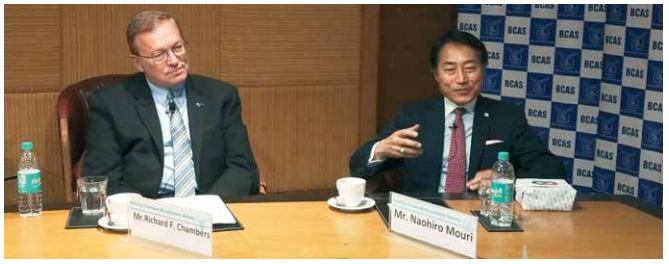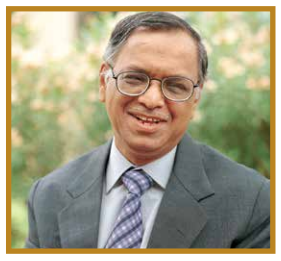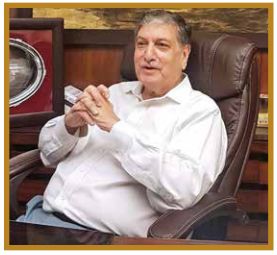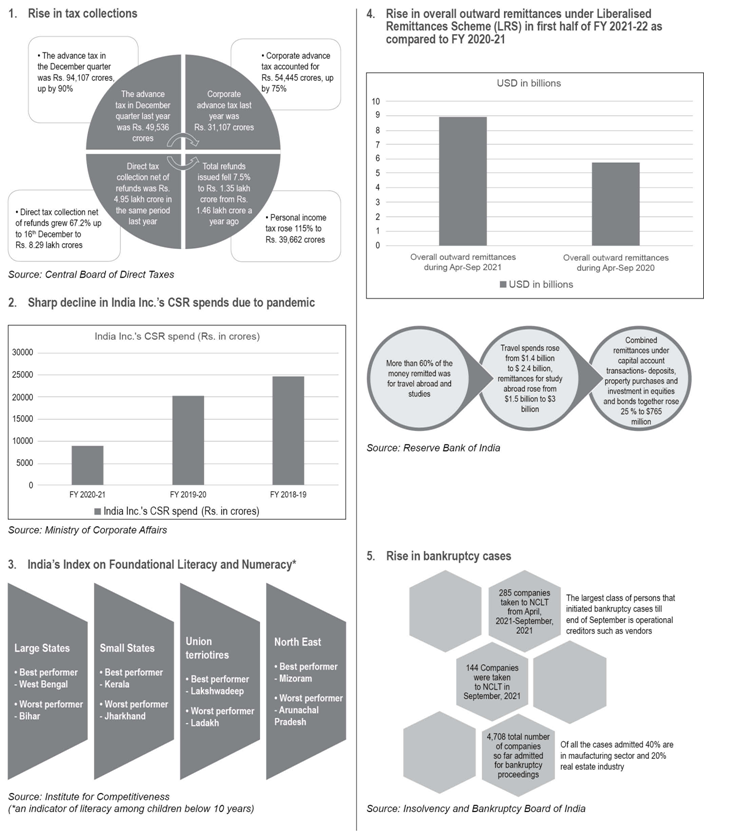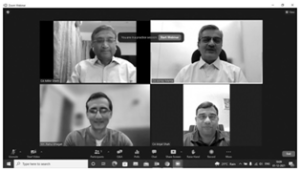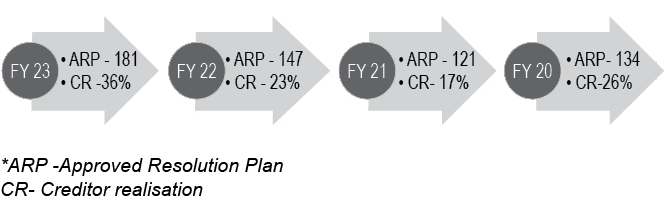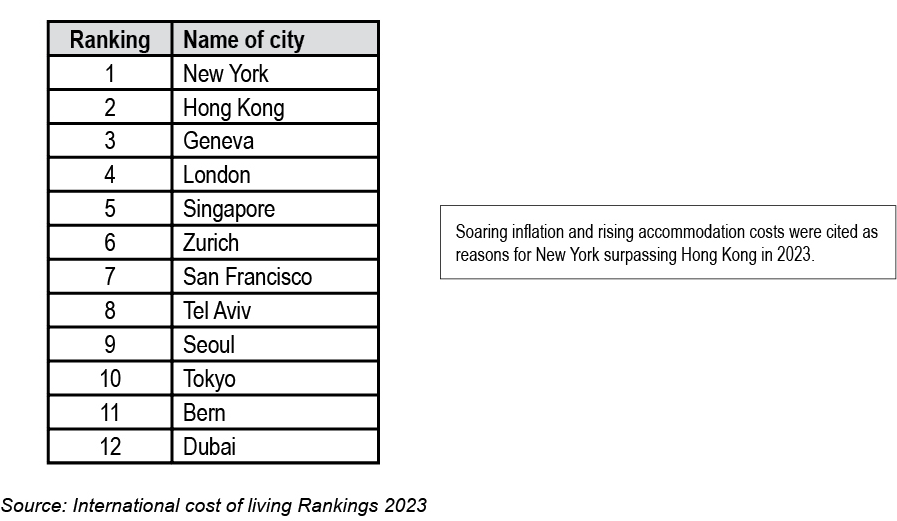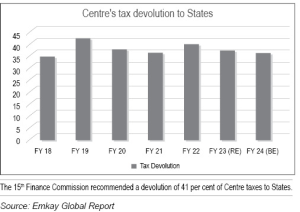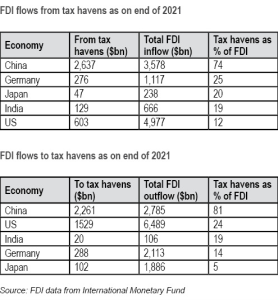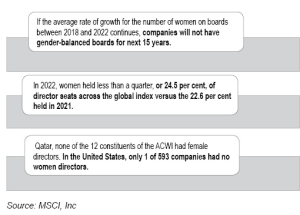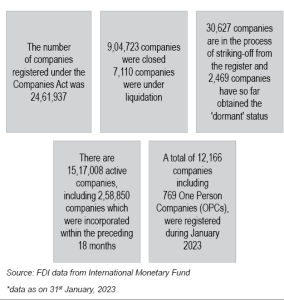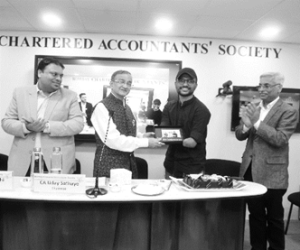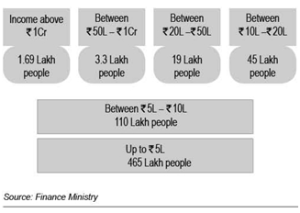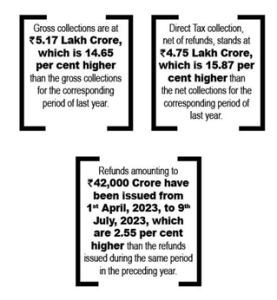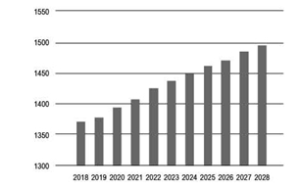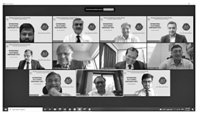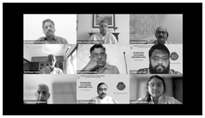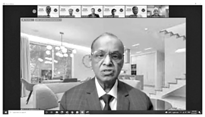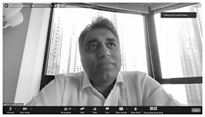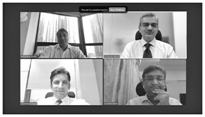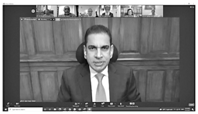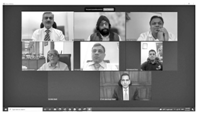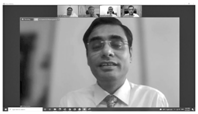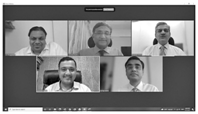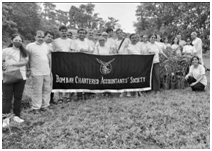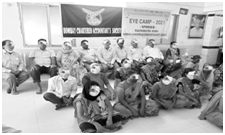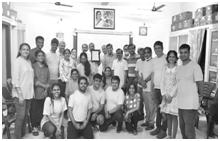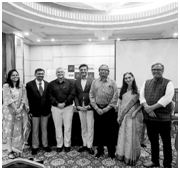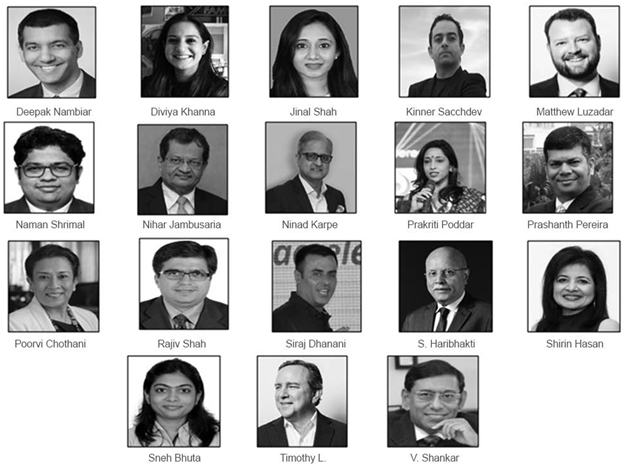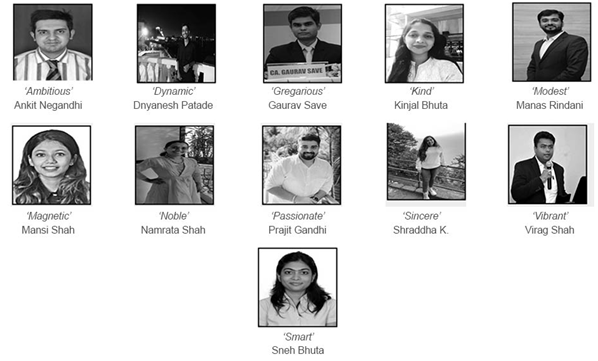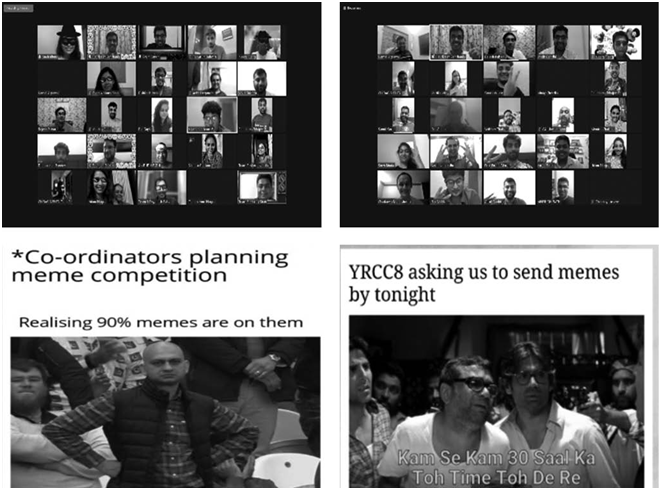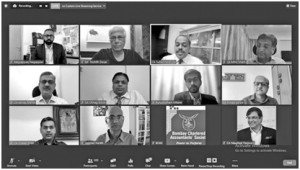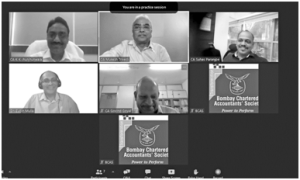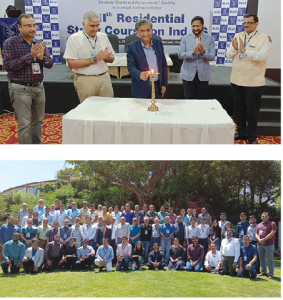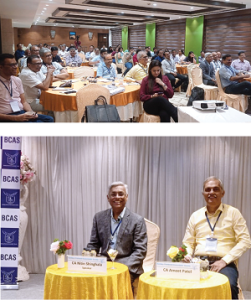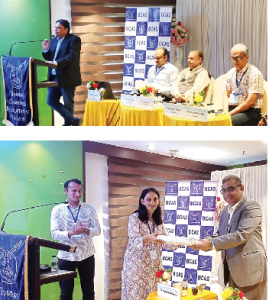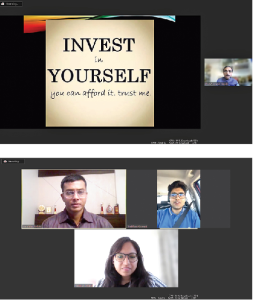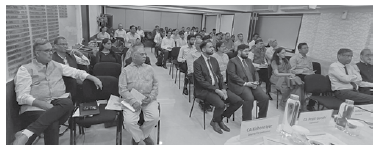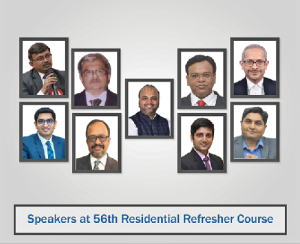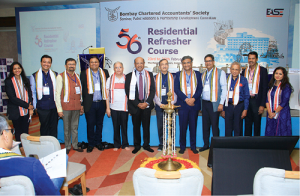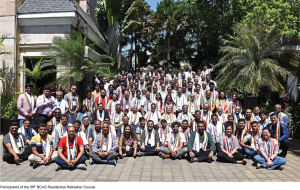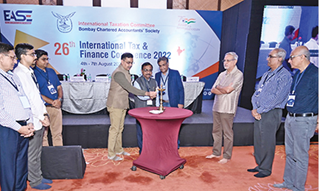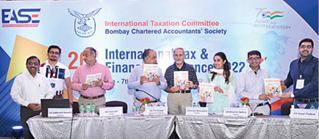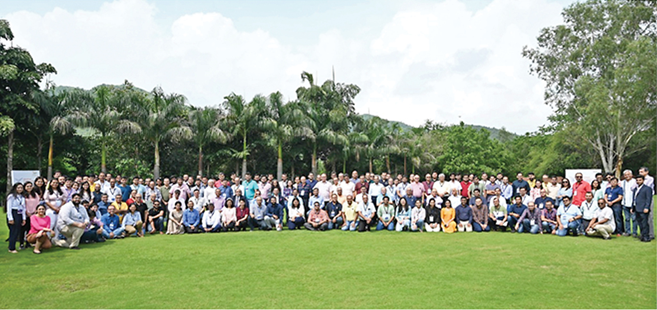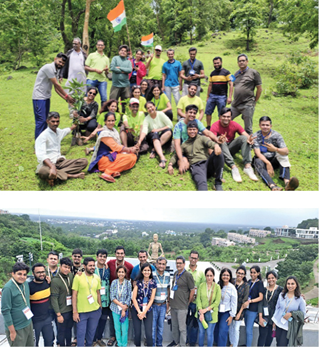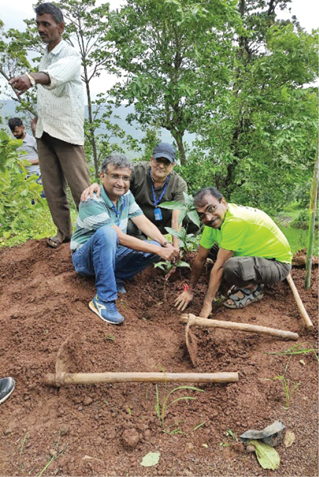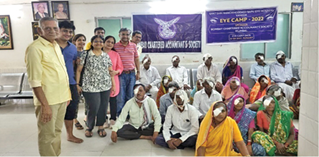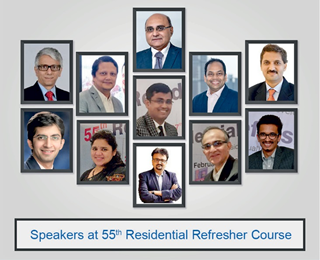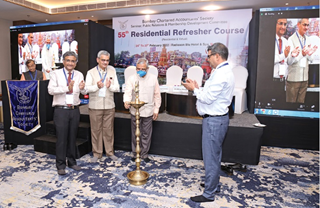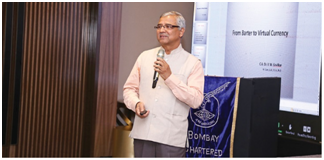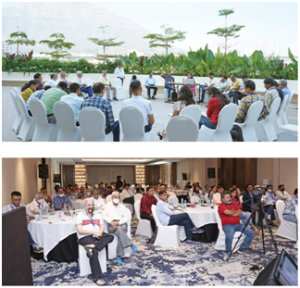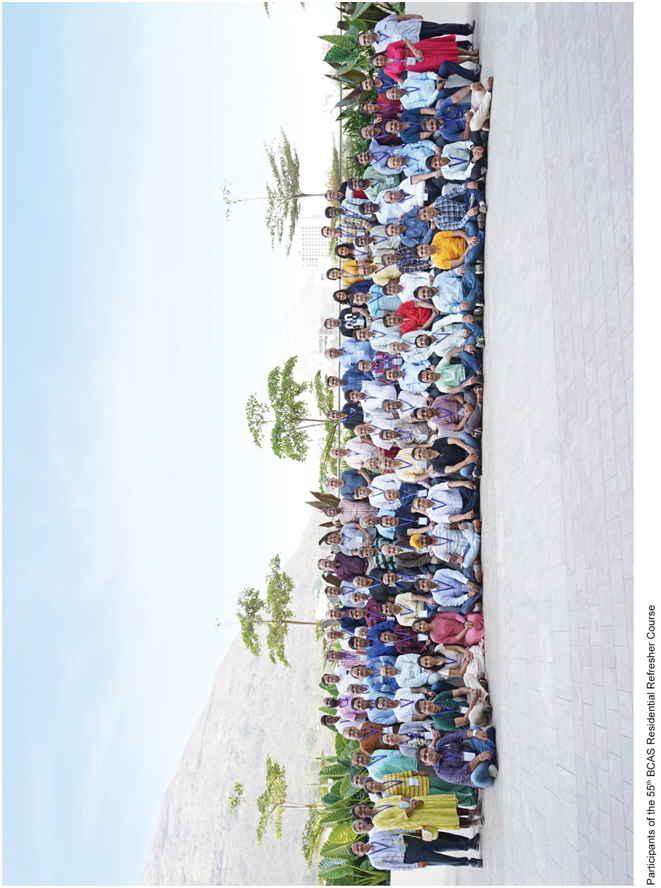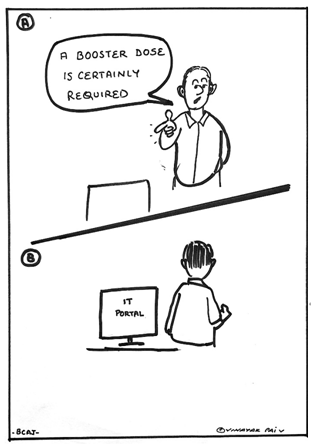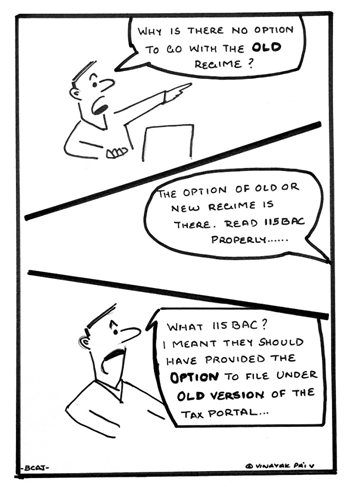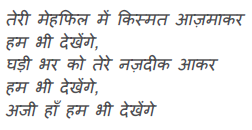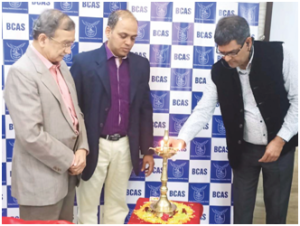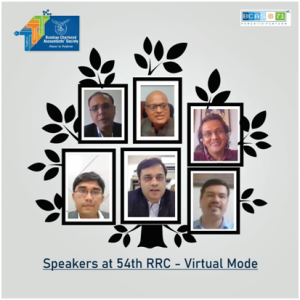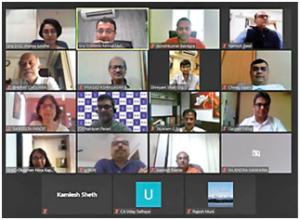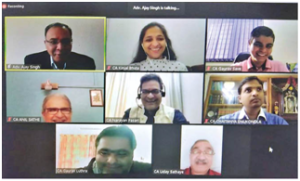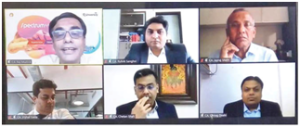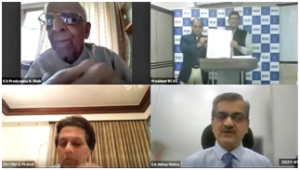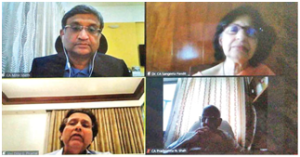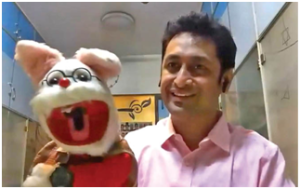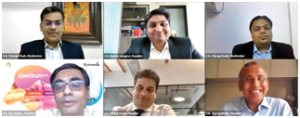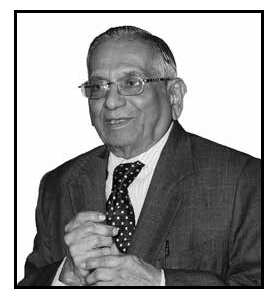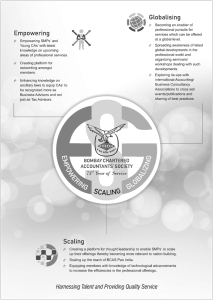15 We have spent many fruitless decades discussing what divides us. Let us spend a little time honouring what unites us
Dr. Har Gobind Khorana at 100: Re-evaluating a shared heritage.
The divisions that have plagued the land of the five rivers — divisions over religion, national boundaries, war, diplomacy, cricket — have been the focus of the energies of our people for the 75 years since Independence. But if we can bring ourselves to move past the superficialities of these divisions, our shared legacies and heritage — of food, language, literature, geography, music — are far more profound and historical. Today, I wish to highlight one such shared heritage.
A century ago on 9th January, 1922, in the dusty village of Raipur, in Multan District — a village so small only about a hundred people could lay claim to residing there — my great-grandmother gave birth to her youngest son, whom they called Har Gobind. Our family came from poverty, although the meaning of our last name Khorana (alternatively spelt Khurana) perhaps reflects a time when we were “rich” enough to own a well. My great-grandfather, the family patriarch, was a patwari — a village clerk occupying the lowest rung in the agricultural revenue collection system set up by the ruling colonial government.
Few records have survived the times, so we know little of how the boy Gobind grew up, although family lore speaks of a mischievous child who liked to steal sugarcane from the sugarcane fields. Gobind described our ancestral home as consisting of a kitchen and bedrooms in one corner, with a courtyard housing cows and horses on the opposite end. Raipur at the time had no schools to speak of, so my great-uncle Gobind mostly learned informally from his father who very much valued education, and his older siblings — the only literate family in the village. As he got older, Gobind attended Dayanand Anglo-Vedic High School in Multan. When he turned 18, he sought admission to Punjab University in Lahore where he went on to complete both a Bachelor of Science and a Master of Science.
In 1945, Gobind was fortunate to be sent to England on a studentship to study insecticides and fungicides. Even more fortunately, the positions he was sent for were all taken by soldiers returning from the World War II, so he ended up being sent instead to study organic chemistry at Liverpool University. This latest stroke of luck not only set him on the path of cutting-edge science at the time, it also saved him from the junoon that possessed both halves of Punjab in August of 1947. The family had to leave Multan, their home for centuries — as it had been for other Hindus, Sikhs and Muslims. Thanks in part to help from Muslim friends, the family all made it alive crossing over as refugees in Delhi in later 1947. Sadly, Gobind would never see his homeland and his favorite sugarcane fields again — a minor yet real tragedy amidst the tragedy of 12 million dispossessed and a million or more murdered on both sides.
To succeed in his chosen field, Gobind must have had to set aside the pain of the loss of his homeland and the very real dangers to his family and focus on science. A combination of luck, hard work and the right mentors helped vault Gobind into the elite few working in the new field of genetics. In the early 1950s, science was on the cusp of understanding for the first time the exact mechanisms that translate genes into proteins — the code of life. At his first independent job in Vancouver, British Columbia, Gobind began to work on understanding this process. His methods quickly attracted the attention of scientists elsewhere who started to make summer trips to Vancouver and his fame as an innovative scientist grew. In 1960, moving to Madison, Wisconsin, Gobind and his colleagues worked hard to solve the problem of the genetic code — how the “language” of DNA and RNA is transformed into proteins in the cell. The Khorana lab was able to show that triplet sequences encode specific amino acids, corroborating the work of Marshall Nirenberg who was to share the Nobel Prize in Medicine in 1968 with Gobind.
For many scientists, the Nobel is a lifetime achievement award but for Gobind, only 46 at the time, it was a rest stop onto even more ambitious projects. Two years after the Nobel, Gobind and his team reported the first chemical synthesis of a gene, coding for a transfer RNA. Finally, in the mid-1970s, Gobind — ever-curious, ever-enthusiastic, unable to rest on his laurels — made a complete change in his research career, transitioning to work on biological membranes and light transduction in the photoreceptor cells of the retina. Upon his death in 2011, obituaries across the scientific journals spoke of a scientist “who traversed boundaries”, pioneering “concepts and tools from chemistry and physics to tackle fundamental questions of biology”.
Today, a century after his birth, we honor the scientific legacy of this pioneer of molecular biology, whom many call the “father of chemical biology”, a legacy that has transformed our understanding of genes, genetics and the genome and impacted the clinical course of many illnesses, from cancer to Covid. For people of the subcontinent, however, Gobind is also the pioneer of a different kind of legacy — a demonstration that the place of our birth or the colour of our skin has nothing to do with our potential or our talent. In this he was not alone — Subrahmanyam Chandrasekhar, born in Lahore in 1910 went on to receive the Nobel Prize in Physics in 1983. Abdus Salaam, born in Punjab in 1926 (and also a Punjab University alumnus) received the Physics Nobel in 1979.
The village of Raipur still exists, although it is now part of Punjab province. If I hover over the area on Google Maps, as I do on occasion when my heart draws me to our ancestral land, I can see the outlines of green fields and of homes with courtyards that remind me of the family home he described in conversation — a house on one side of the courtyard, a shed for cows on the other. Although I cannot discern this for sure on satellite imagery, I think it is safe to assume that there are still sugarcane fields, and children still stealing from them. The Dayanand Anglo-Vedic High School is now one of the oldest schools in Multan, under a different name. Punjab University continues to graduate future scientists and rightly lists my great-uncle as an alumnus. The legacies and triumphs of Dr H G Khorana are, therefore, the shared legacies and triumphs of the people of the subcontinent. We have spent many fruitless decades discussing what divides us — on this landmark day, the centennial of Dr Har Gobind Khorana’s birth, let us spend a little time honouring what unites us.
(Source: Alok A Khorana – Published 8th January, 2022- https://www.dawn.com/news/1668120)
II. Science
16 Indian-origin scientist creates first molecular structure of Omicron protein; how it helps
An Indian-origin researcher at University of British Columbia (UBC) has created the world’s first molecular-level structural analysis of the Omicron variant spike protein.
Published in the Science journal, the analysis which is done at near atomic resolution using cryo-electron microscopy, reveals how the heavily mutated Omicron variant attaches to and infects human cells.
“Understanding the molecular structure of the viral spike protein is important as it will allow us to develop more effective treatments against Omicron and related variants in the future,” said the study’s lead author Dr Sriram Subramaniam, a professor at UBC’s department of biochemistry and molecular biology.
“By analysing the mechanisms by which the virus infects human cells, we can develop better treatments that disrupt that process and neutralise the virus,” Subramaniam added.
The spike protein, which is located on the outside of a coronavirus, enables SARS-CoV-2 to enter human cells.
The Omicron variant has an unprecedented 36 mutations on its spike protein – three to five times more than previous variants.
The structural analysis revealed that several mutations create new salt bridges and hydrogen bonds between the spike protein and the human cell receptor known as ACE2.
The new bonds appear to increase binding affinity – how strongly the virus attaches to human cells.
“The findings show that Omicron has greater binding affinity than the original virus, with levels more comparable to what we see with the Delta variant,” said Subramaniam.
“It is remarkable that the Omicron variant evolved to retain its ability to bind with human cells despite such extensive mutations.”
The Omicron spike protein exhibits increased antibody evasion.
In contrast to previous variants, Omicron showed measurable evasion from all six monoclonal antibodies tested, with complete escape from five.
The variant also displayed increased evasion of antibodies collected from vaccinated individuals and unvaccinated Covid-19 patients.
“Notably, Omicron was less evasive of the immunity created by vaccines, compared to immunity from natural infection in unvaccinated patients. This suggests that vaccination remains our best defence,” Subramaniam informed.
(Source: International Business Times, By IANS – 24th January, 2022)
III. Technology
17 Big Tech In The US: What To Expect When Top Leaders Meet With Joe Biden
A virtual meeting is set for Thursday between White House officials, the Defense Department, the Department of Homeland Security and executives from major tech companies like Amazon, Meta, IBM and Microsoft.
The meeting will touch on a crucial vulnerability that could have affected hundreds of millions of devices last month. The focus will be on how to make open-source computer code more secure.
National Security Advisor Jake Sullivan’s letter to chief executives of tech firms stated that the matter is a “key national security concern.”
Reuters reports that the meeting will be hosted by deputy national security advisor for cyber and emerging technology Anne Neuberger. The Biden administration has made cybersecurity a priority after data breaches in the 2016 presidential election and for multinational corporations.
Also attending the meeting are two open-source software organizations: Linux and volunteer-run Apache. The latter handles Log4j, which many organizations use to log data in their applications. In December, it was discovered that there was an easy-to-exploit bug in Log4j.
While there is no evidence federal agencies have been breached, the scale of the vulnerability and its impact is yet to be found given that Log4j is a widely used software. As security ramps up, so will efforts by hackers to break that security.
The meeting comes as the White House said Wednesday that it was happy with Washington, D.C., judge James Boasberg’s decision to not dismiss the Federal Trade Commission’s antitrust lawsuit against Facebook. The lawsuit asks that Facebook, now known as Meta Platforms Inc., sell Instagram and WhatsApp to break up tech monopolies.
(Source: International Business Times – By IANS – 13th January, 2022)


